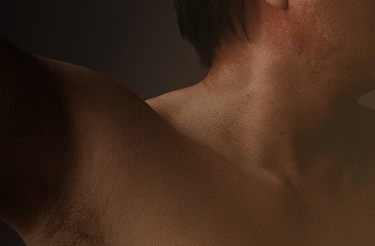
PLAQUE PSORIASIS
Plaque psoriasis can occur across all areas of your
body, even places you might not realize.
Plaque psoriasis is a chronic autoimmune disease that impacts nearly 9 million people in the US.
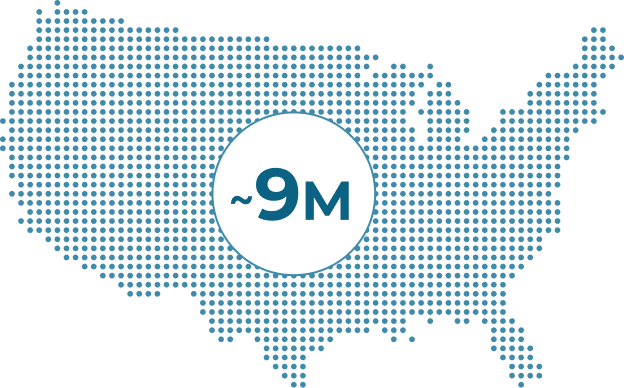

Common triggers, which vary from person to person, include:
- Stress—emotional stress can trigger symptoms
- Injury to skin—such as abrasions, insect bites, and burns
- Illness—such as upper respiratory infections that affect the immune system
- Weather—particularly cold weather, minimal sunlight, and low humidity
- Diet—certain foods and nutrients, as well as alcohol




including arms and elbows, legs and knees, and torso
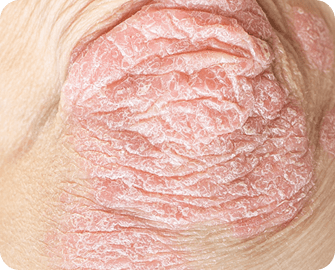
such as scalp, inside ears, eyebrows, beard, and armpits
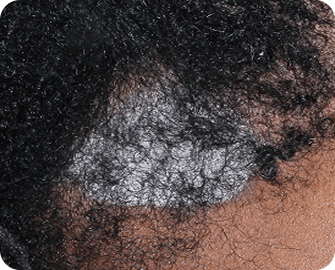
like armpits, behind the ears, under breasts, and between buttocks
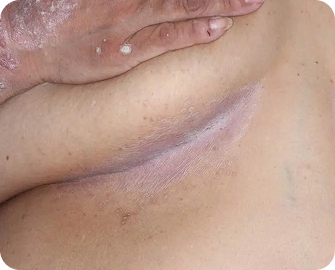
such as the face and genitals
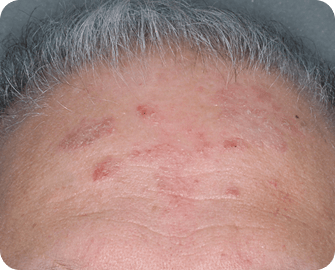

DID YOU KNOW?
- Up to 56% of people with psoriasis experience symptoms on their scalp.
- Psoriasis in sensitive and skin-fold areas is quite common; 2 out of 3 people will develop psoriasis on their genitals at some point.
If you have symptoms in these areas, talk to your dermatology provider about the best treatment options for you.


dermatology provider
psoriasis? See our helpful Appointment Guide.

